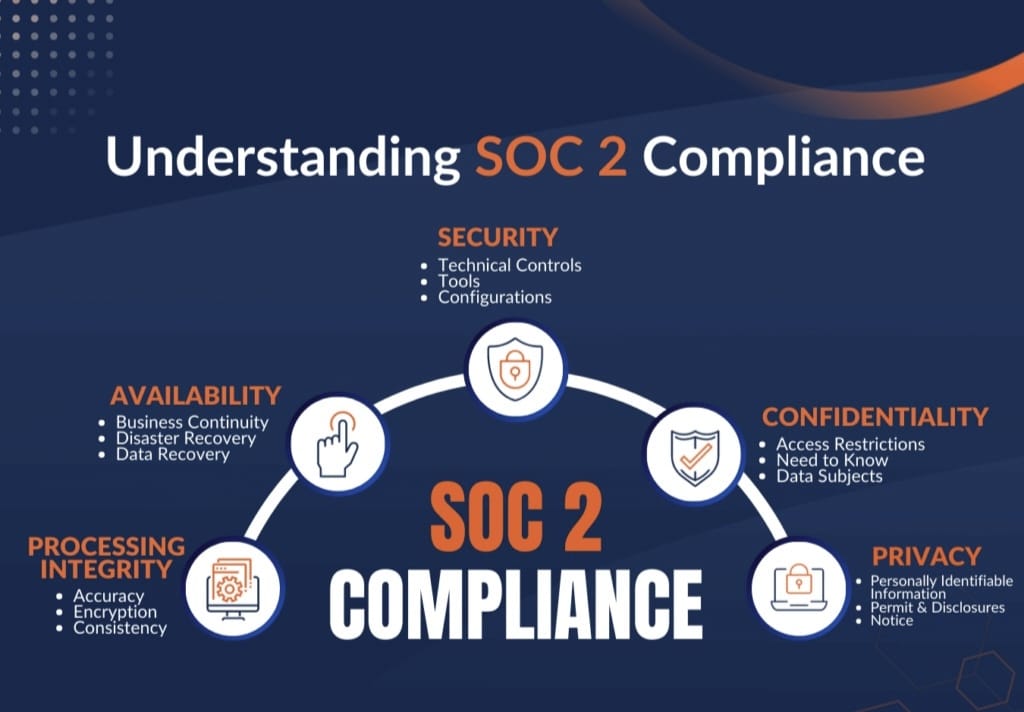Explore real-world examples of mobile app breaches that reveal the serious consequences of poor security practices—and learn how to avoid making the same costly mistakes.
In a world where smartphones reign supreme in the digital space, mobile applications are the first point of contact between businesses and consumers. For banking and shopping, healthcare, and social networking, to name a few, mobile apps process confidential information every day. Still, most companies undervalue the need to protect such digital properties.
While developers focus on functionality and design, security often takes a backseat—until it’s too late. Ignoring mobile app security can have devastating consequences.
In this blog, we’ll explore the real-world cost of overlooking mobile app vulnerabilities, supported by actual breach examples, and highlight why investing in proactive security testing is essential.
Why Mobile App Security Cannot Be Ignored
The rise of mobile apps has provided a profitable playground for cybercriminals. With each new application or release, there's room for weaknesses to fall through the cracks. One vulnerability can lead to unauthorized access to data, fraud, or a full system takeover.
Additionally, as data protection regulations such as GDPR and CCPA keep getting stricter, companies stand to lose not only cyberattacks but also legal action if user information is compromised through negligence. This is clear: protecting your mobile apps isn't a best practice—it's a business necessity.
Real-World Breaches That Made Headlines
Let’s examine some notable security incidents that could have been prevented with better security protocols and proactive testing.
-
Instagram’s Critical Flaw (2020)
In 2020, Instagram was found to have a severe vulnerability in its Android app. A crafted image file sent to users could allow remote code execution, potentially letting attackers take control of a device.
Thankfully, a researcher discovered the issue and patched it before mass exploitation. However, this incident serves as a warning about how even the most popular apps can be vulnerable if security isn’t prioritized during development.
-
TikTok’s Android App Exposures (2022)
TikTok, the wildly popular video-sharing platform, had multiple vulnerabilities exposed in its Android application. These flaws could have allowed attackers to hijack user accounts, access personal data, and manipulate content.
The potential damage was significant, especially in regions with strict privacy regulations. Legal scrutiny followed, emphasizing the need for comprehensive security practices during the development lifecycle.
-
MyFitnessPal Breach (2018)
Under Armour’s MyFitnessPal app suffered a massive breach in 2018, compromising the data of over 150 million users. Email addresses, usernames, and encrypted passwords were stolen.
The incident cost the company millions and severely damaged user trust. It highlighted how even apps outside of finance or healthcare must take security seriously, especially when storing personal data.
-
British Airways App Incident (2018)
In one of the most high-profile security breaches, British Airways experienced a data theft that exposed sensitive information from over 500,000 customers. While the attack wasn’t limited to their mobile platform, flaws within their app ecosystem contributed to the breach.
The company was fined £20 million under GDPR, showing just how costly non-compliance can be when mobile app security is neglected.
The Hidden Costs Behind a Data Breach
It’s easy to focus on immediate financial losses following a data breach, but the hidden costs are often more damaging in the long term.
- Loss of Trust
Once customers feel their data is unsafe, regaining their trust is nearly impossible. Users may permanently switch to competitors.
- Reputational Damage
News of breaches spreads fast. In today’s social media-driven environment, one breach can stain a brand for years.
- Legal Consequences
Data privacy laws around the world hold businesses accountable for security failures. Fines, lawsuits, and settlements can cripple companies financially.
- Operational Disruption
A breach often requires emergency response efforts, system audits, customer support escalations, and even temporary shutdowns—all of which affect business continuity.
How Penetration Testing Could Have Changed the Outcome
What’s striking across these breaches is that many could have been avoided—or significantly minimized—if security vulnerabilities were identified in time. That’s where mobile application penetration testing services come into play.
By simulating real-world attacks on your mobile applications, penetration testing helps identify security flaws before hackers do. It ensures your code, APIs, encryption, and permissions are all properly configured and resilient to attack. For organizations serious about protecting user data, this is a non-negotiable investment.
What a Cyber Security Services Company Brings to the Table
When internal teams lack the bandwidth or expertise, partnering with a cyber security services company can be a game-changer. These firms specialize in testing and fortifying digital systems using the latest tools and threat intelligence.
Beyond mobile testing, they can provide:
- Risk assessments
- Secure development lifecycle consulting
- Threat modeling
- Cloud and API security audits
- Regulatory compliance guidance
Working with professionals helps you catch what automated scanners miss and keeps your security posture strong as technology and threats evolve.
Conclusion
In conclusion, ignoring mobile app security is not an option in today’s threat landscape. As seen in real-world examples like TikTok, Instagram, and British Airways, the consequences can be severe—both financially and reputationally.
Instead of waiting for a breach to reveal weaknesses, proactive security testing offers a way to stay ahead. A single investment in testing can prevent millions in potential losses. Your users, your brand, and your business all deserve that protection.
At Auditify Security, we believe that prevention is always better—and far less costly—than recovery. With the right security partner, you can build trust, ensure compliance, and secure your mobile apps against evolving threats.




